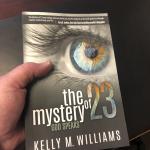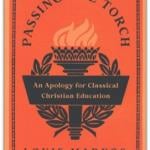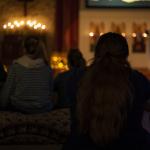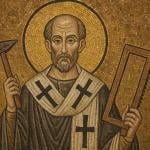Ross Douthat comments on why so many of his fellow journalists are turning away from the outrageous organ trade of Planned Parenthood: “it’s precisely a fetus’s humanity that makes its organs valuable, and the experience of recognizing one’s own children, on the ultrasound monitor and after, as something more than just ‘products of conception’ or tissue for the knife. . . . “dwelling on that content gets you uncomfortably close to Selzer’s tipping point — that moment when you start pondering the... Read more


















